All through the 1970s and 1980s, I, Curt, of LearningUkulele.com, the Curt
in Learning Ukulele with Curt , your ukulele kumu a`o, played the harmonica—A LOT, the "Blues" harp. Started while in the Navy and kept it going for quite a while. Played guitar in a local cover band and would feature the harp on a few blues songs. I played Hohner 10-Hole Diatonic Blues harps and had quite a few keys. Actually, I still have one left in D (somewhere). (2022 Update) My preferred harps these days are, in order of preference, C.A. Seydel Söhne, Lee Oscar, and Hohner Special 20s. Check out the Harmonica/Instruments LearningUkulele.com page for a listing of major manufacturers and custom harmonica techs. You can also purchase harmonicas from our family's Funky Frets Music Store, an online store .
C.A. Seydel Söhne, 1847 Series — This series includes the Classic, Silver and Noble. All are similar but the classic has a wood comb, Silver has a plastic comb and the Noble has an aluminum comb with vented sides. The 160th anniversary model is similar but with luxury components and is only available in the key of C. Only 160 of these were produced. These models have stainless steel reeds.
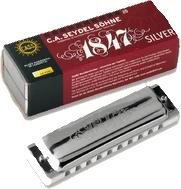
Seydel and Lee Oscar are my go to brands harmonica these day. Historically I always used the Honer Blues harp.
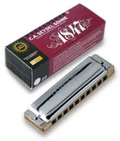
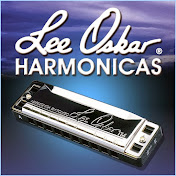




A 10-Hole Diatonic, Major Diatonic a.k.a, Blues Harp
is the most commonly played and sold harmonica and a great instrument to learn and add to your repertoire. It's even more portable than the ukulele.
Strictly speaking, diatonic denotes any harmonica designed to play in a single key—though the standard Richter-tuned Diatonic Harmonica can play other keys by forcing its reeds to play tones that are not part of its basic scale. Depending on the country, "diatonic harmonica" may mean either the tremolo harmonica (in East Asia) or Blues Harp (in Europe and North America). Other diatonic harmonicas include octave harmonicas.
NOTE: Most often Diatonic refers to musical elements derived from the Modes and transpositions of the "white note scale", the C Major Scale: C–D–E–F–G–A–B. In some usages it includes all forms of heptatonic scales that are in common use in Western music (the major, and all forms of the minor).
The most common tuning on the 10-Hole Diatonic Harmonica is Richter Tuning .
It's the Blues/Diatonic Harp that we, as ukulele players can get some immediate success with. And, will be the focus of all harmonica content on LearningUkulele.com and Learning Ukulele with Curt.
Each 10-Hole Diatonic harmonic is a capable of playing in many keys. With 1st and 3rd (Cross-harp) the most common and easier to play.
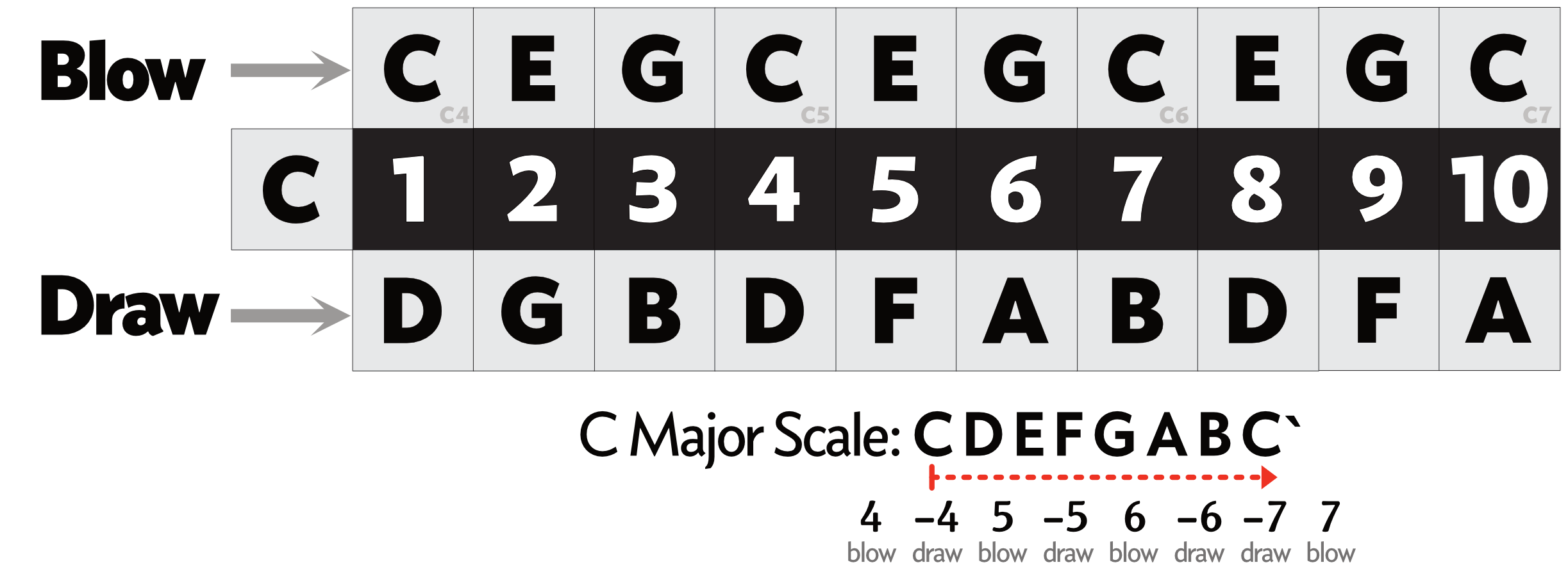
Notes on the harmonica can be over-blown or over-drawn and produce notes not found on the instruments. Bending of notes when in Cross Harp or Second Position can achieve notes that are missing on the Major Diatonic harp. However NOT all notes, holes, reeds can be bent to the same degree or at all. NOTE: Check with the manufacture of your harmonica as the bendable notes. All major manufactures have downloadable charts for all the keys of their harmonicas.

- Top row, every hole, the draw notes are ALL the notes of a C Major Chord: C E G . The Tonic/I chord in the Key of C Major .
- C, the root or Tonic of the key/harmonic only appears as Draw notes.
- The G B D (Holes: 2 3 4) on the bottom row are the Dominant/V chord, G , also B Diminished (Holes: 3 4 5) in the Key of C Major .
- The B D F, the bottom row above are the 3 5 b7, the B D F of the Dominant/V/V7 chord, G or G7 , also the B D F is a B Diminished chord in the Key of C Major .
- Bottom row again contains the notes of a Dm: D F A . A Dm chord in the key of C Major is a substitute for G or G7. Those notes are actually in a G9 chord: G B D F A.
NOTE: — Basically, ALL the notes of the C Major Scale , the white keys piano, an anything you can do with the Major scale and it's Modes you can do with a C 10-Diatonic harmonica, the Blues Harp
.
As mentioned above, Each 10-Hole Diatonic harmonic is a capable of playing in many scales/keys.
This is referred to as a Position.
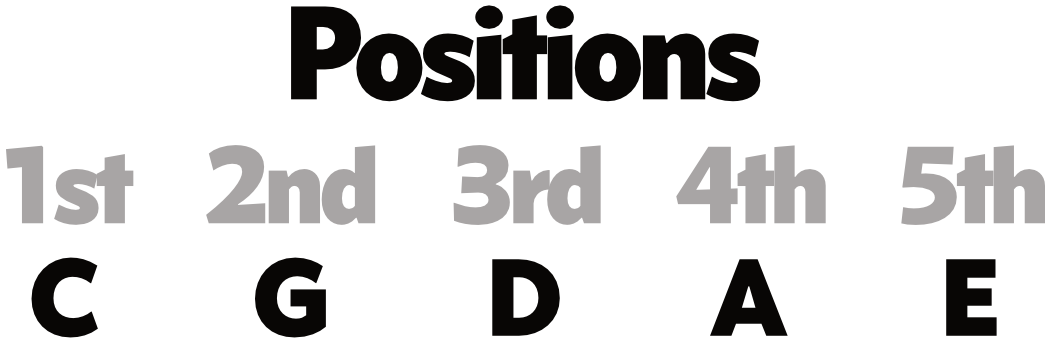
Using the C Diatonic 10-Home harmonica (above) as an example, these Key/Scales are are possible:
Make a sound on a harmonica requires one to either Blow into the harmonic or Draw from the harmonica. Each hole of a 10-hole diatonic harmonica is numbered: 1 2 3 4 5 6 7 8 9 10. With each hole capable of playing two notes, depending on whether you blow into the harmonica or draw air from the harmonica.
- A number 1 2 3 4 5 6 7 8 9 or 10, by itself is the default action, indicating to Blow into the numbered hole. Some TABS will use a plus + to indicate blow.
- A minus Sign —, is used the indicate to Draw from the harmonica.
Other symbols are used for bent notes. An apostrophe, ' for half-step bends and a double apostrophe, a non-curly quote, " for a whole-step bend.
A circled will indicate to overblow.
It is a simple as that. Although, there are alternate methods around for indicating when to blow or draw. Down and up arrows are often used. The letters D and B for draw and blow. A plus + for sign for draw.
Note: Basic, beginner harmonicas often has the holes numbered. Professional instruments do not

C(1) D(-1) |
E(2) no F G(-2) |
G(3) no A B(-3) |
C(4) D(-4) |
E(5) F(-5) |
G(6) A(-6) |
B(-7) C(7) |
D(-8) E(8) |
F(-9) G(9) |
A(-10) no B C(10)
Reminder: minus (–) indicates to draw.
- C Major/Ionian, 1st Position/Straight Harp: C D E F G A B C' — 4 -4 5 -5 6 -6 -7 7
- G Major Pentatonic, 2nd Position/Cross Harp: C D E G A C' — 4 -4 5 6 -6 7 7 -8 8 9 -10 10
This played on a C harmonic and the band is playing in the key of G. For the blues you now have access to play the G Blues Scale: G Bb C C#/Db D F G' by bending to get the missing notes. And, puts this scale in a nicer area on the harmonica.
- D Dorian 3rd Position: D E F G A B C' — -4 5 -5 6 -6 -7 7 -8
- E Phrygian: E F G A B C D E' — 5 -5 6 -6 -7 7 -8 8
- F Lydian: F G A B C D E F' — -5 6 -6 -7 7 -8 8 -9
- G Mixolydian/Dominant, 2nd Position: G A B C D E F G' — 6 -6 -7 7 -8 8 -9 9
- G Major Pentatonic/Pentatonic: G A B D E G' — 6 -6 -7 -7 8 9
- A Aeolian/Natural Minor: A B C D E F G A' — -6 -7 7 -8 8 -9 9 -10
- B Locrian: B C D E F G A B' — -3 4 -4 5 -5 6 -6 -7
These are ALL of the Modes of the C Ionian/Major scale. With that said, the C Major and G Mixolydian are by far the most common.
First (1st) Position or Straight Harp is the actual key of the harmonica and matches the key of the song. Typically printed on one side of the comb of the harmonica. Lee Oscar harmonicas also have the 2nd Position key on the other side of the comb.
Second (2nd) Position or Cross Harp is mainly used for the Blues. You pick a harmonic that is in the key that is a Perfect Fifth from C (C D E F G A B ).
Key of
Harmonica
Key of Song
C
G
G
D
D
A
A
E
E
B
B
F#
F#
B
C#
G#
Key of
Harmonica
Key of Song
C
G
F
C
Bb
F
Eb
Bb
Ab
Eb
Db
Ab
Gb
Db
Db
Ab
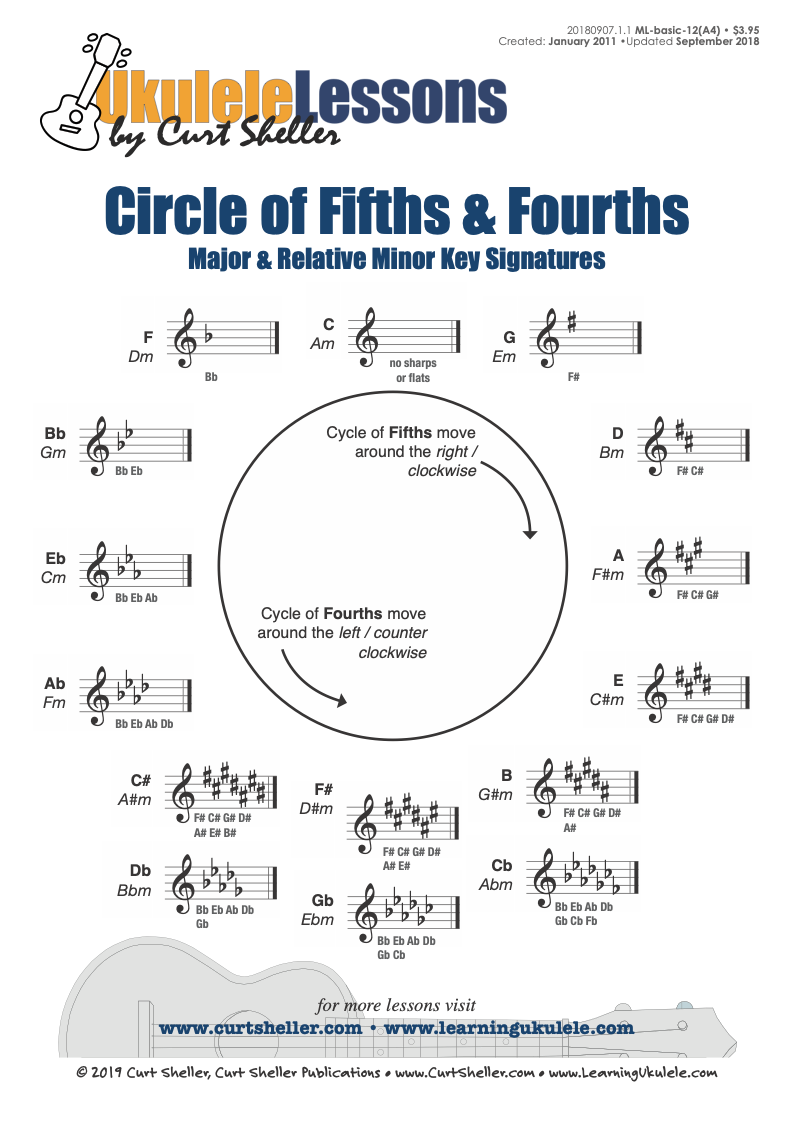
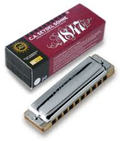
1st and 2nd Positions are the most common.
For picking the right harmonic for a given song key simply do the opposite. If the song is in the Key of Bb, you need a Diatonic harmonic in the key of F.
For the musically knowledgeable the Harp to Song key is a Perfect Fifth and the Song to Harp is a perfect Fourth — The Rule of Nine.
Again, this is all for playing in 2nd Position.
A few fun, famous harmonica licks, riff, melodies.
3 -3 4 -3 3
-3 -3 -3 -3 -3 4 -4
3 -3 4 -3 3
-5 -5 -5 -5 -5 -5 -5 -5 -5 -5
-5 6
Hint: Lee Oskar .
Ant book by Curt Sheller is available as a FREE download, as part of a Premium LearningUkulele.com Site Access.
In addition to on-line, right here on LearningUkulele.com, hard copy books are available at , Funky Frets and a few select ukulele dealers. Retailers wishing to carry books by Curt Sheller can contact me, Curt directly here on LearningUkulele.com for more info and to get setup. However, I'm pretty much going all digital and make the content viewable online - just like you can preview a book at a traditional book store.
As you might of figured out that this pages and Harmonica section is all about the Diatonic harp. There're are numerous other harmonicas with the Chromatic being on of them.
The chromatic harmonica is a type of harmonica that uses a button-activated sliding bar to redirect air from the hole in the mouthpiece to the selected reed-plate desired. When the button is not pressed, an altered diatonic major scale of the key of the harmonica is available, while depressing the button accesses the same scale a semitone higher in each hole. Thus, the instrument is capable of playing the 12 notes of the Western chromatic scale. The chromatic harmonica can thus be contrasted with a standard harmonica, which can play only the notes in a given musical key.
Basically the Chromatic Scale — All twelve (12) notes are available in one octave.
Chromatic harmonicas are usually 12, 14 or 16 holes long. The 12-hole chromatic is available in 12 keys, but because the entire chromatic scale is available by definition, most professionals stick with the key of C—which is perhaps easier to remember, since slide in will automatically be the sharps of the associated note. (wikiwand);

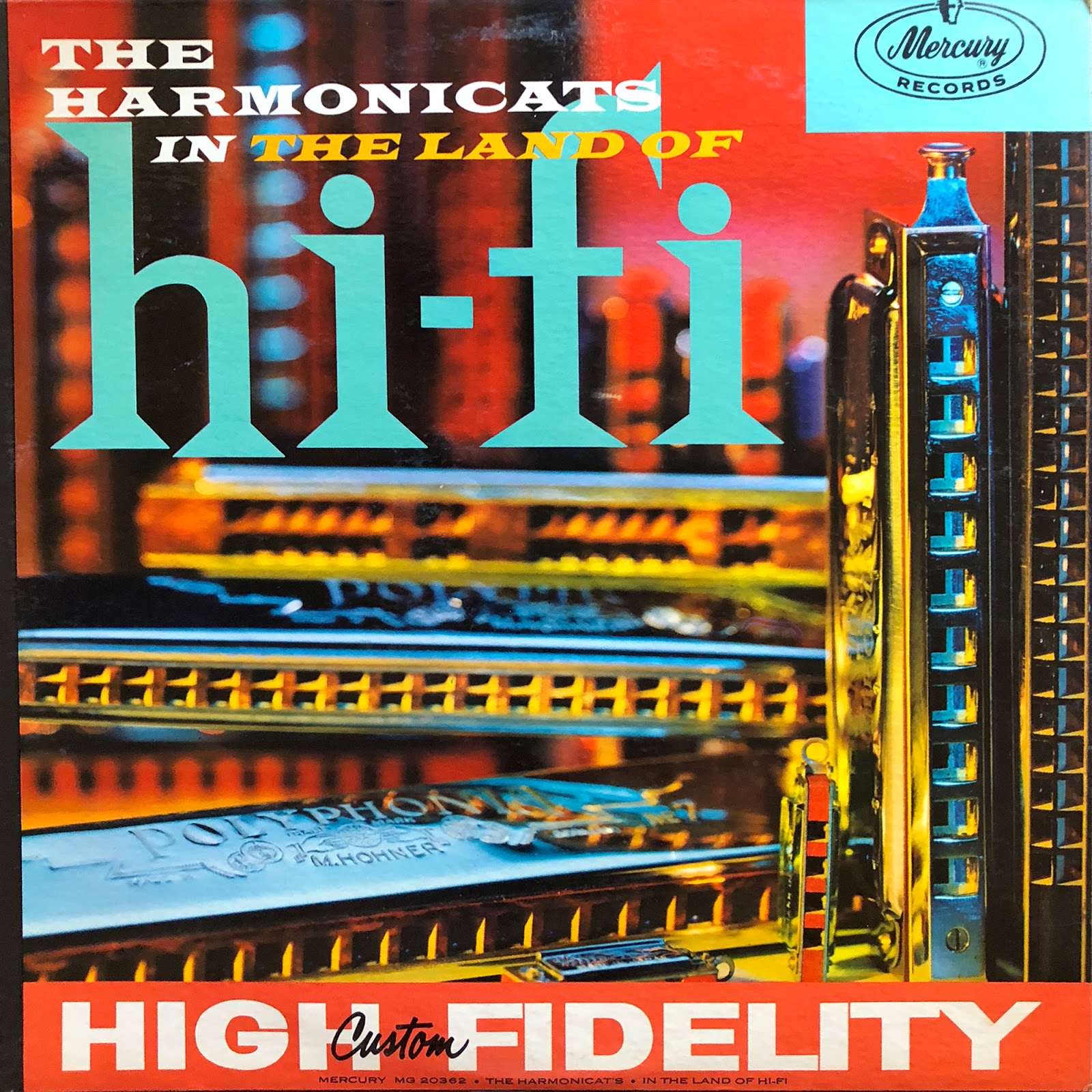




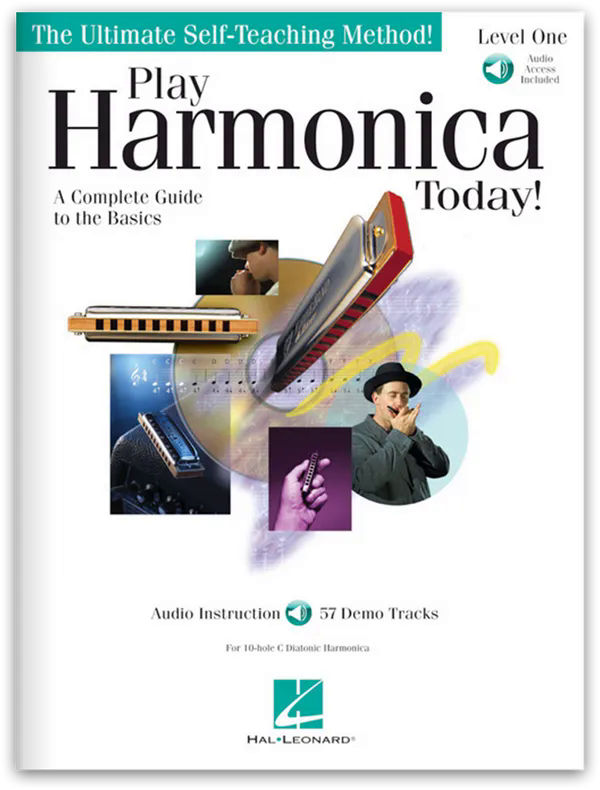
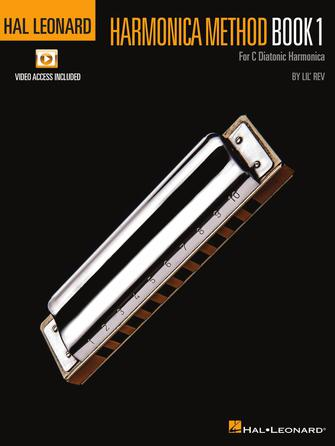
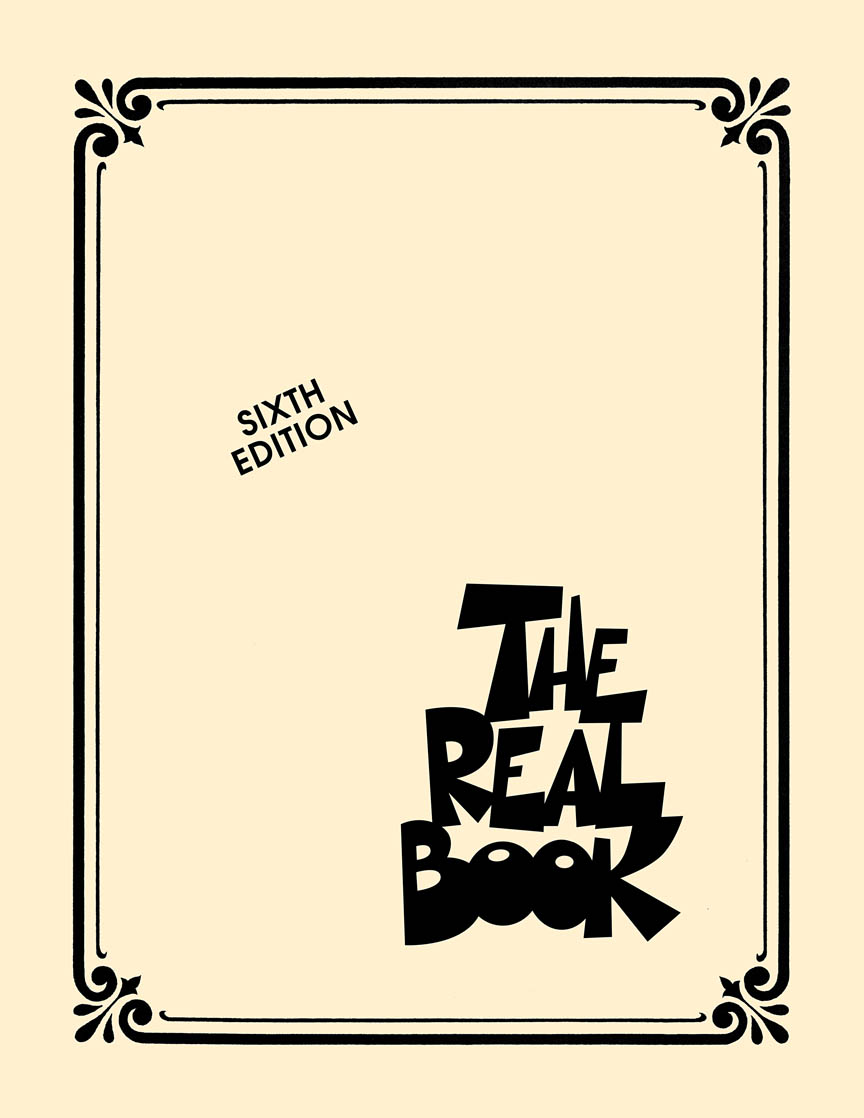
.jpg)